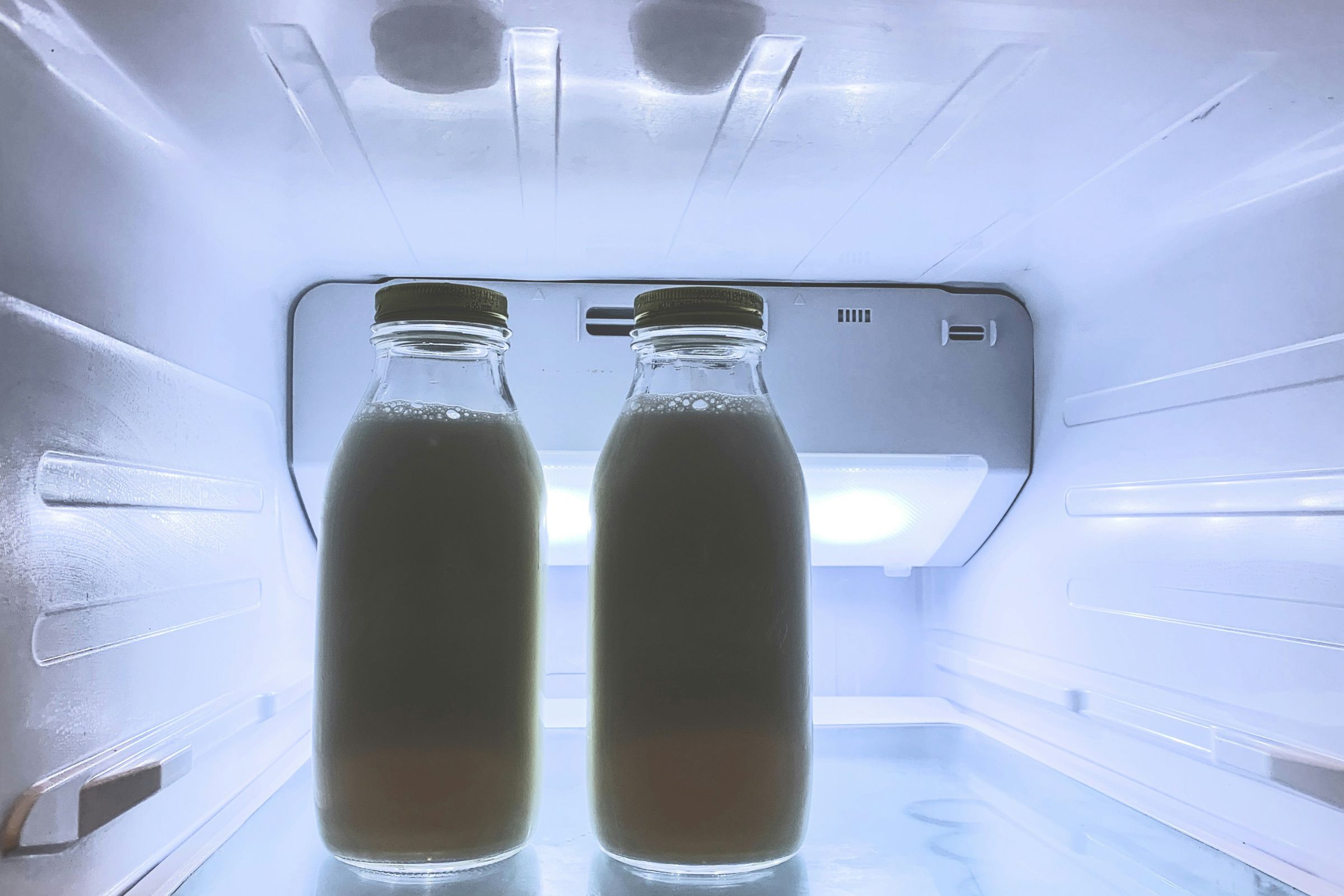
Got sour milk? Printed electronics will tell you
Researchers from Simon Fraser, USask develop new material that stores up to 1,000 times more charge than current generation materials
By Victoria SchrammImagine knowing your milk has gone bad without having to open your fridge. A technology called printed electronics could one day make innovations like this possible.
Printed electronics refers to electronic circuits in sheets that are thin and bendable. The technology is already being used to make everything from solar cells for vehicle roofs to flexible displays on smart phones.
Using the Canadian Light Source (CLS) at the University of Saskatchewan (USask), a team of researchers from Simon Fraser University (SFU) and USask developed a material that stores up to 1,000 times more charge than current forms of printed electronics.
The group’s work could move the concept of the Internet of Things another step closer to reality. The Internet of Things involves adding printed electronics to the everyday objects in our lives – for example, milk cartons and fridges – to enable communication between these objects and our smart phones and computers. Such an advance could open up a world of technological possibilities. For the food industry alone, this would help to minimize waste and spoilage at all levels of the supply chain.
Making the Internet of Things a reality will require the type of circuitry and advanced operations that are only possible with electronics that can function in both positive and negative voltage modes. That’s where the material developed by Loren Kaake, associate professor in SFU’s Department of Chemistry, and his team shows promise.
“That is a place where it definitely outperforms even the most cutting-edge materials,” Kaake said. “I think this material enables and really gives a much stronger case for the commercial potential of printed electronics.”
The team used the intensely bright synchrotron light at the CLS to analyze their material and improve its performance. They published their findings in the journal ACS Applied Materials and Interfaces.
“The CLS allowed us to understand the nanoscale structure of our material and understand what enables good performance and what hinders it,” he explained. “The data we collected at the synchrotron provides some ways to better engineer the materials further.”
Kaake expects printed electronics to enter the marketplace in about seven years. When the time comes, their material could be readily implemented when the prototypes are being created.
“Developing new materials is a very important line of research because one can always use a better material in an application if it's discovered,” he said. “If our material is amenable to future electronic printing techniques, they're very much a ‘plug and play’ type of replacement.”
--
Kaur, Simranjeet, Renita M. D’Souza, Timothy L. Kelly, Vance E. Williams, and Loren G. Kaake. "Electrostatic Correlations Lead to High Capacitance in Zwitterion-Containing Thin Films." ACS Applied Materials & Interfaces (2024). https://doi.org/10.1021/acsami.4c01045
Photos: Canadian Light Source | Brockhouse Beamline | Researchers / Samples
Media Relations:
Greg Basky
Communications Coordinator
Canadian Light Source
306-370-9446
greg.basky@lightsource.ca
Together, we will undertake the research the world needs. We invite you to join by supporting critical research at USask.
Article re-posted on .
View original article.

